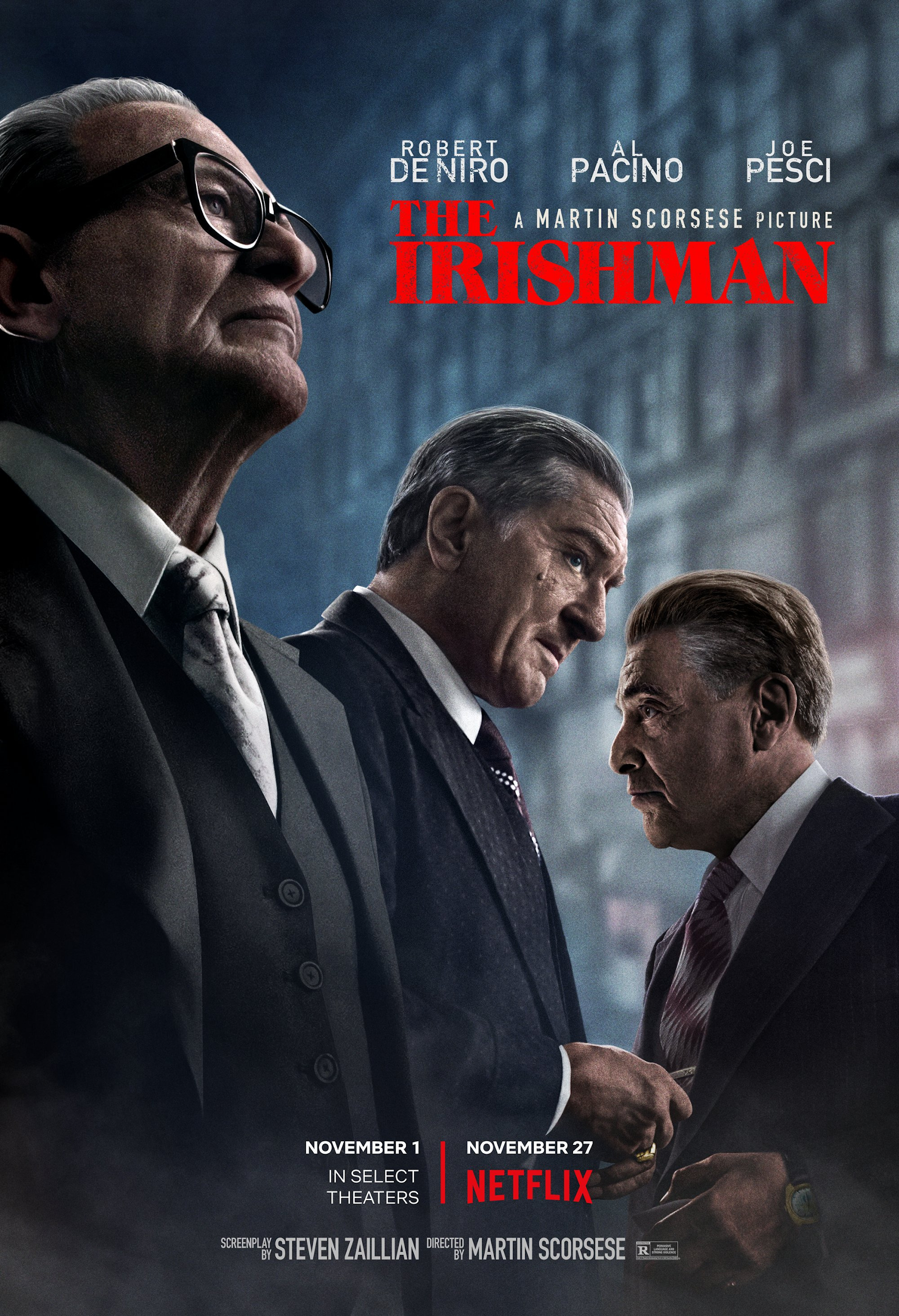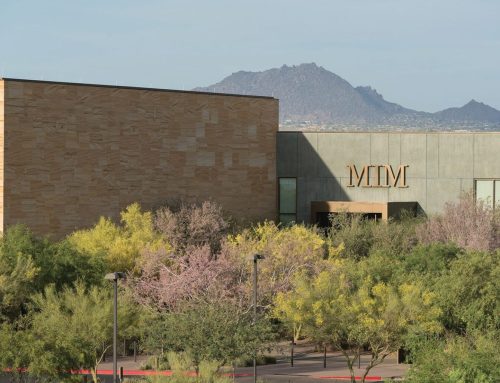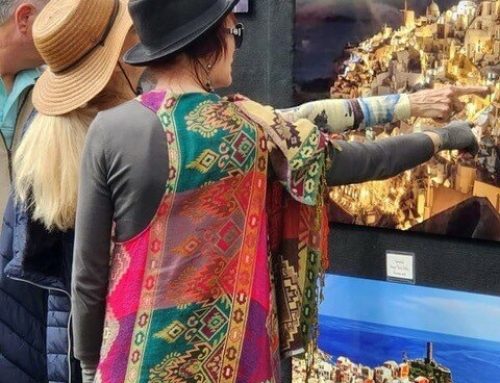I’ve seen several critics argue that a filmmaker’s work generally declines in quality as their career goes on. That does not necessarily mean their work is completely bad, but it pales in comparison to the films done in their prime. Several of the greatest directors of our time (who I will not name) have been accused of this, and one could argue for or against them. The one exception to this rule that we can all agree on is Martin Scorsese. His latest film, the Irishman might be some of his best work yet.
Scorsese has made several gangster films before. Arguably his most famous film was Goodfellas. The Irishman takes a new approach to the famous lifestyle and looks deep into the life told by a now dying old man. Frank Sheeran is a former marine who comes into contact with mobster Russell Buffalino. He invites Frank into his “family”, where he becomes a hitman for his crew. This is also how he meets Teamsters boss Jimmy Hoffa, who also becomes a close friend of and gets involved in his activities. Over time, Sheeran realizes a rift between Hoffa and his underworld associates is growing and can cause damage to everyone’s positions in both the gangster and political worlds. This is where the supposedly “true” events that lead to Hoffa’s disappearance start.
The film is based on the book “I Heard You Paint Houses” by Charles Brandt. This book has been scrutinized and questioned by various historians and investigators, so it might not be appropriate to call this a “true story”. Rather a story about real people and the consequences of their actions. At its core, Scorsese’s film is not about what really happened, but instead the true cost of the gangster life which is rarely explored in others of its genre. Steven Zallian’s screenplay is somber and is practically one massive allegory for regret. It’s not something you would expect for a reunion between several actors like Robert De Niro and Joe Pesci with a filmmaker like Scorsese.
Scorsese has changed up his typical mobster style up, with a new view on the editing, cinematography, production design. There’s a more muted design and less hyper feel to the overall filmmaking, in a perfect example of the environment complementing the story. Editing holds on certain moments, and Scorsese’s longtime collaborator Thelma Schoonmaker has wonderfully weaved all these scenes together. Nothing feels pointless or wasted, and the two use the 3 ½ hour runtime to the fullest.
De Niro, Pesci and Al Pacino are the main stars here. Their chemistry is still amazing and are with out a doubt some of their greatest performances. Pesci especially diverges from tradition in a much more soft spoken role. Pacino brings the myth of Hoffa to life while still keeping him human. Most of the attention is on those three, but there are several great actors like Harvey Keitel, Bobby Cannavale and Ray Romano who give memorable performances in their supporting roles. The biggest standout though are the two actresses who play Frank’s daughter Peggy. Both are mostly visual performances with little dialogue but showcase the fear and horror at her father’s lifestyle and actions. Anna Paquin, who plays the older Peggy, gives what may be one of the most heartbreaking lines of the film.
A way of looking at the past while also not glamourizing it. A notable mention is the de-aging technology used throughout the film. At first, it’s a little jarring, but very quickly it shows the actors looking like they did in films such as Goodfellas and Heat. Ironically it is both one last look at the past while teasing its future.





